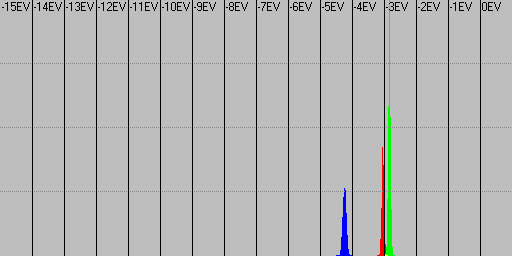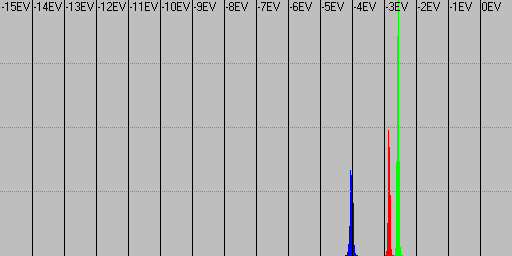What worse is the fact, that it is not only automatic, but clandestine.
hahaha clandestine, I really love how you use the language sometimes. Still, Gabor and Bill, I don't think there is a clear way to speak about the _actual_ exposure achieved in the camera, since the white balance means a change in exposure in at least 2 of the three channels.
If we want to be strict about the _actual_ achieved exposure and the 18% gray story (which is basically useless, but interesting from a technical point of view), white balance should be entered into the equation.
However I always considered the discussion about the 18% and the actual exposure quite useless for several reasons:
- Camera exposure settings are not fine tuned, they are rounded to 1/3EV (this means an average error of at least 1/12EV=0.08EV, and max error of at least 1/6EV=0.17EV).
- Any RAW development and/or processing will involve tonal shifts (any level adjustment means a tonal shift), that can both corrrect or ruin the 18% criteria. In fact most RAW developers like ACR calculate the initial settings to obtain a pleasant image, not using any 18% criteria.
- The precise point from saturation at which each digital camera locates a light metered area is irrelevant. Cameras with a large gap from metering to sat can be used with +EC to compensate for this. Cameras with a reduced highlight headroom from metering to sat can be used with a systematic -EC compensation.
At least for
RAW shooters, the only important thing to know is how your camera behaves: i.e. how many EV it allows from metering to sat, and act accordingly depending on your needs and situation.
These are the RAW log2 histograms from shots made over a tungsten uniformly lighted surface, according to camera metering for 350D and 5D:
350D

5D

Both cameras in their 3 RAW channels produce a RAW level well below (more than 1EV) the expected [18% ->
-2.5EV] or the [128 in a gamma 2.2 encoding ->
-2.2EV], so even after a positive white balance it won't reach the expected middle gray (128) in a 2.2 gamma encoding. But it's unimportant.
Regards